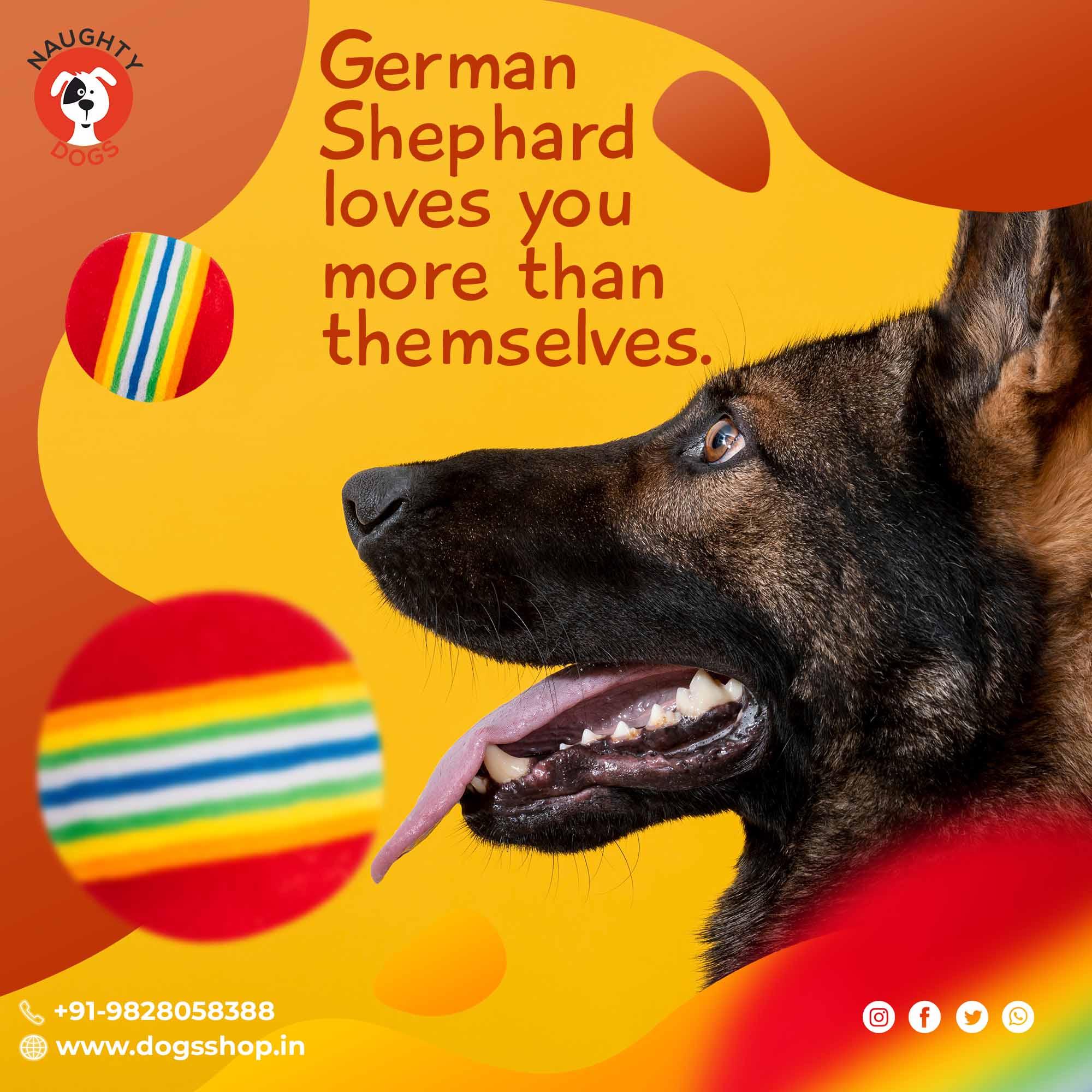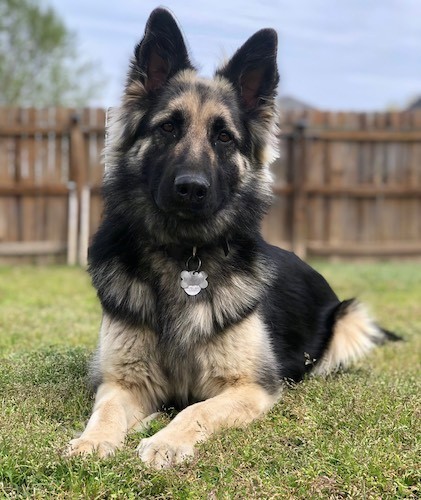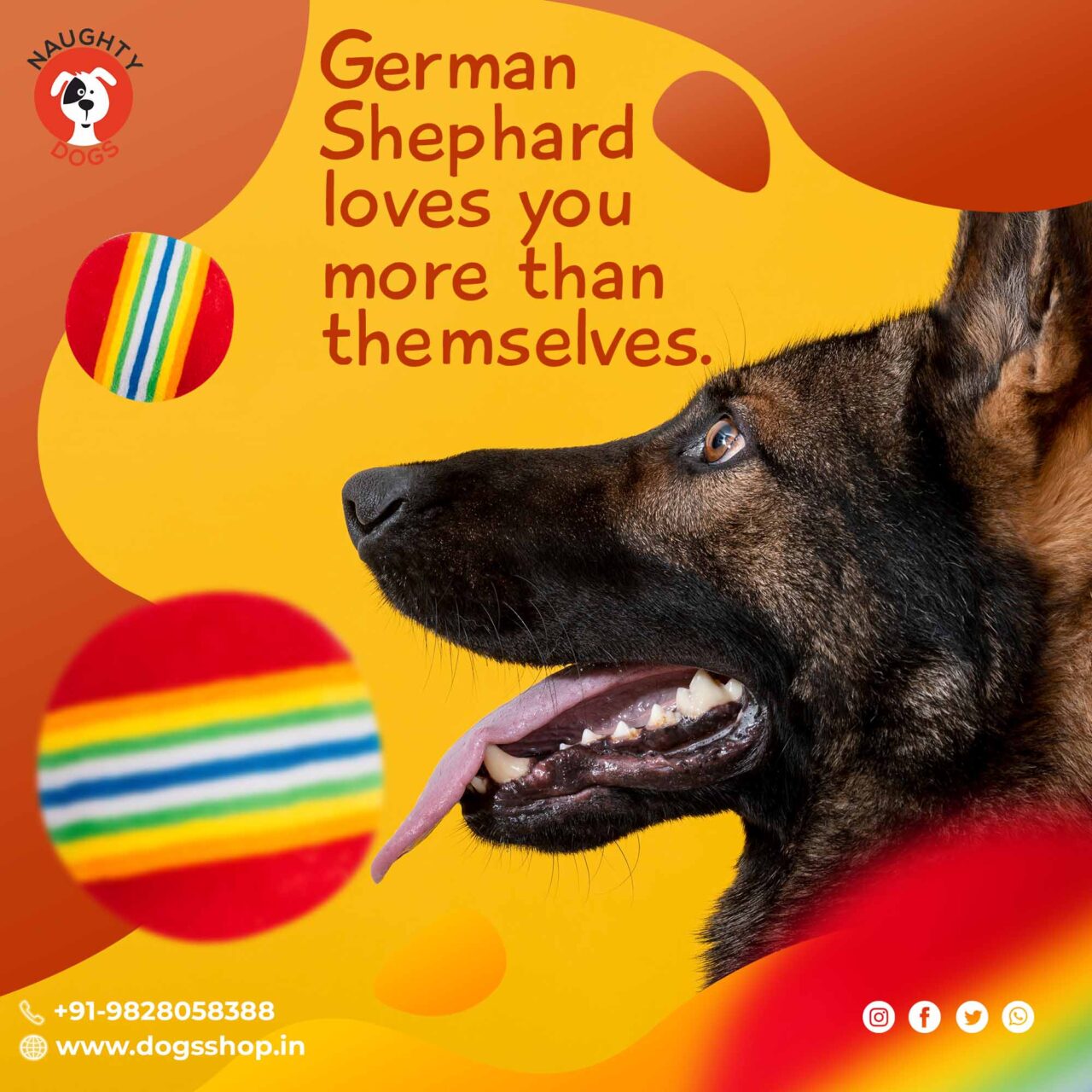GERMAN SHEPHERD TRAINING
Congratulation on adopting the most trusted companion. We believe that the affection that you develop with your pet can not be translated into words. It can be best described by your special care for your pet.
Since Older times, German shepherd dogs have been treasured for their incredible working abilities. Even today, they are still superb herding, tracking, rescue, guard, and assistance dogs. Powerful, devoted, very attractive, strong, and vigorous … the Maxi dog is an outdoors type above all, and works alongside his master in a perfect working or sporting partnership.
 |
- On your new arrival!
You have carried your puppy to its new home where it will be experiencing an unfamiliar environment full of new happenings.
Always keep in mind
You are taking the puppy away from its mother, littermate, and all its familiar surrounding and at its new home, it will be exposed to new stimuli in terms if sight, smell, and noises. This can be challenging and you need to take utmost care during this early period to avoid any negative influence of new unfamiliar surroundings.
- The new home of the puppy – Important preparations
Food :
MAXI dogs are particularly prone to sensitive digestions. This usually shows itself as wet, soft, voluminous and bad-smelling stools, which can be a direct result of the specific anatomical and physiological characteristics of large breed dogs:
- A digestive tract is proportionally much smaller than a small dog’s ( around 3.3% of the Maxi dog’s body – weight, compared to around 7% for a Mini breed dog).
- Increased permeability of the small intestine, and a reduced ability to absorb sodium.
- Increased fermentation due to a longer transit time with in the colon.
Some factors (such as lifestyle or an unbalanced diet) can aggravate or intensify the MAXI dog’s digestive sensitivity, So keep the same diet or food which is recommended by veterinarian or breeder.
Bowls – One bowl for food and one bowl for water. Go for heavy bowls that are less likely to tip over ( preferably ceramic)
Bed – Preferably a comfortable basket with walls so that the puppy feels protected and secure. Line it with blankets
Child gate – Useful to stop puppy going into certain rooms in your house
Crate or Kennel – For puppy when human needs some time out
Collar and Lead – Use a short lead and a light, soft, fixed size collar
Grooming kit Toys
The first few nights in your home
On the first few nights, your puppy will be very apprehensive as they will be accustomed to constant company.
Leaving the puppy alone will usually result in crying and barking. So it is advisable that puppies should be with their owners at night until they are habituated to being alone.
Initially keep the puppy basket in the lounge in the day and at night next to your bed. Put a warm water bottle under the blankets.
After a few days start to move the basket nearer the door and finally outside of the bedroom and into the place where you wish the puppy to sleep permanently.
- Socialization and habituation
Learning to have pleasant experiences when meeting and coming into contact with a wide range of stimuli.
Socialize your puppy from arrival by using the Sounds Sociable therapy program. This will ensure that your pup is being exposed to everyday stimuli during the critical socialization period ( 6-12 week), as during this period the puppy will grow up to be friendly and happy with people and other animals, resulting in a well-adjusted adult dog that can be taken anywhere.
 |
- Leaving your puppy alone at the home
Ideally create a place for your puppy to be confined when you are away, where there is a clear bed area and a temporary toilet area.
Creating two separate areas is very important as puppies can not hold on for very long when needing the toilet and do not like soil in their bed.
Confining them will reinforce the feeling of security and reduce destructive behavior ( make sure that you have lot of chewable toys to keep puppies occupied).
While leaving does not give added attention, it can give a too big contrast between you being there and not being there. Sudden isolation after lost attention is confusing and worrying for your puppies.
On returning briefly greet your puppy without too much excitement.
Reward their good behavior once they have settled down.
Do not punish your puppy if it has been naughty, it will not understand.
- Taking your puppy out of the house for vaccination
Your puppy will have restricted contact ( no walking in public places where there is a risk of infection ) until after their vaccination course.
During this period get them used to walking on collar and lead in your garden/house at the same time carry them in the different surrounding to introduce them to lost of new and different stimuli including vaccinated dogs.
Taking your puppy out of the house after vaccination
At approximately 13 weeks of age, your puppy will be allowed to walk outside where it will experience new stimuli, sights and smells that may be non – frightening
- Introducing your puppy to children
Supervise encounters between your puppy and children at all times.
Let puppy approach the child in its own time; never force them if they are not confident. If the puppy becomes anxious or frightened at any point, stop the meeting and take them to somewhere quiet to recover.
Keep children calm. Excitable children mean overexcited or apprehensive puppy Give a treat ONLY when the puppy is calm and behaving appropriately.
Do not let your puppy to do anything to children that you would not like him to do to an adult i.e. chasing, nipping, and jumping up.
- Introducing your puppy to other pets
Check that all the pet’s puppy meets are fully vaccinated.
Introduce your puppy to small pets such as rabbits, guinea pigs, etc while restraining them so as not to frighten the pet.
While introducing to cats and other dogs, keep the puppy on the lead for the first few meetings. Ensure other dogs are also kept on a lead to prevent over boisterous dogs from frightening the puppy.
Supervise encounters and build up to meeting until they are accepted each other.
Take advantage of your local puppy school classes. Your veterinary clinic will be able to recommend one for you.
- Toilet training
Begin as early as possible, taking the puppy out on a regular basis to a designated spot in the garden. You will need to take them out every 2 hours and after eating, sleeping or resting, playing, and after any excitement.
Stay with them while outside and allow them to run around and sniff.
Gently praise them when they finish going to the toilet.
Keep a watchful eye on them at all times while inside the house if they start to:
- Whine
- Walkabout looking uncomfortable and look as though they are concentrating something else.
- Circle and sniff the ground

- How often should I deworm my pet?
Strategic deworming with total all-in-one dewormer is a practice recommended by most veterinarians.
Take the vet consultancy before deworming your pet. You can start deworming according to body weight at 2 weeks; repeat at 4, 6, 8 and 12 weeks of age. Then monthly until the puppy is six months old. Thereafter deworm at intervals of 3 months.
Adult dog – Treat regularly every 3 months. Also, monitor and eliminates parasites in your pet environment ( flea control )
Newly acquired animals – Deworm immediately with a total all in one worm treatment.
- Tips to control worms
Keep the area clean where your pet sleeps including kennels
Regularly remove feces or dirt from the pet surroundings.
Adopt a comprehensive flea control program suggested by the vet
Avoid feeding your dog raw meat or offal ( offal must be boiled for 30 minutes before feeding to pets )
Adopt control measures for Intermediate host of worms such as rat and mice
Ensure that your family members wash their hand each time after playing with pet.
Prevent the pet from licking your face.
- Worm Treatment.
Prevention is always best
The importance of prevention in the control of intestinal worms in dogs and cats should not be underestimated. Some worms that infect pets can pose a significant risk to human health. Children, who are often close to family pets, are most at risk. Deworming your pet regularly will help to prevent the intestinal worms from causing health problems in your pet and family members.
How do I know my pet has worms? – Worms are not always easy to detect in your pet. The only way to be sure is to get the test of the feces under the guidance of vet to analyze for the presence of worm eggs. However, some of the common signs that may suggest your pet has worm include
Pale gums White segments in feces
Diarrhea Dull coat
A pot-bellied look Weight loss despite of good appetite
(Especially in puppies) Pet scoots around on his bottom
 |
- How will it affect my family?
The larvae or eggs can be ingested – the larvae of hookworms can also penetrate the surface of human skin. If ingested these can cause severe infections, abdominal discomfort, diarrhea, and itching in the anal area. If the larvae penetrate through human skin (usually through bare feet) and migrate through it lesion will appear under the skin and in some cases can break open at the skin surface. In severe cases, the larvae may make their way through the skin and enter deeper tissue causing lung disease and painful muscles.
To prevent human infection, good hygiene is extremely important. Teach children especially, to wash their hands after playing with pets. Do not let the children play in the areas where dogs and cats have defecated. Deworm your pets with good quality broad-spectrum dewormer (consult to your vet)



